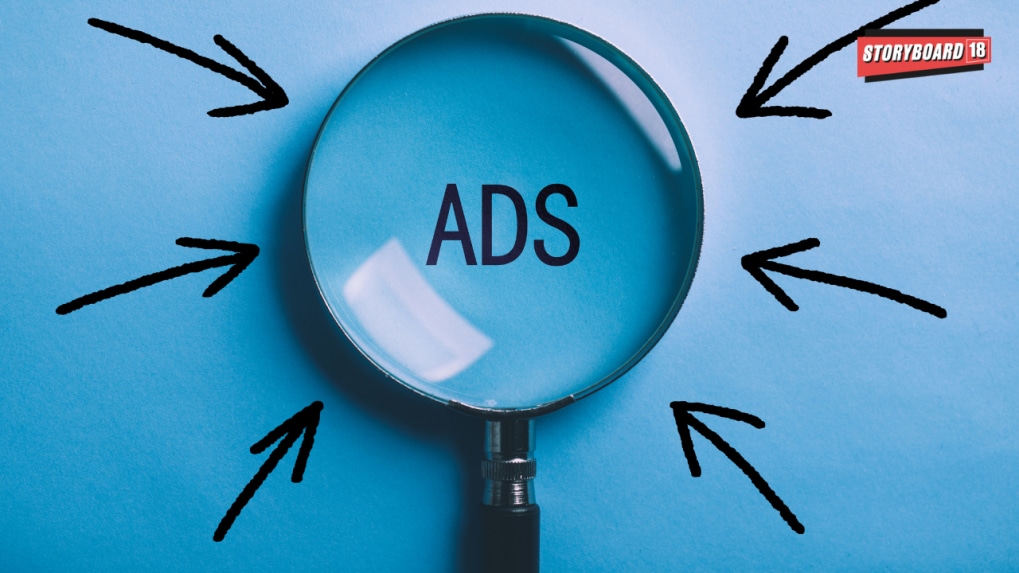Brand Makers
Dil Ka Jod Hai, Tootega Nahin

Digital video has become India’s most consumed form of entertainment, but advertising on these platforms is failing to register with viewers, according to a new white paper released by the R K SWAMY Centre for Study of Indian Markets (CSIM).
The study, conducted face-to-face with 3,000 respondents across 10 major cities, reveals that despite extensive time spent on platforms like YouTube, Facebook, and Instagram, brand recall remains alarmingly low.
While respondents recalled more than 600 brands, each individual could remember only 1.5 brands on average. Just 11 brands crossed the 3% recall mark - including Zepto, Zomato, Meesho, Nescafe, Flipkart, Amazon, Swiggy, Blinkit, Country Delight, RummyCircle and Dream11 - indicating significant fragmentation in viewer attention.
Most frequently remembered brands were those associated with online shopping, food delivery, groceries and coffee. Very few viewers could recall specific creative elements of ads; instead, many referenced them generically as a “mobile ad” or “clothes ad.”
The white paper highlights several factors that explain the underwhelming recall:
- Vast, scattered digital video landscape with no focal point
- Personalised impressions with unclear frequency measurement
- Non-appointment viewing, unlike TV primetime
- Easy skipping of ads, with 78% of viewers skipping whenever possible
- High perceived irrelevance, with nearly 60% reporting ads had no relevance
Despite these limitations, digital consumption is booming. 93% of respondents watch videos daily on mobile phones, clocking 2.17 hours on average. YouTube is the most-used platform, followed by Meta’s ecosystem - though recall on all platforms remains poor.
WhatsApp remains a powerful peer-to-peer medium: three out of four videos received are viewed and forwarded.
“Very few respondents were able to recall any specific details of the creative content,” said S Narasimhan, EVP and Chief Digital Officer, R K SWAMY, calling the findings “a disappointment” considering the major expenditure on digital video.
Praveen Nijhara, CEO, Hansa Research Group, added that even high-view platforms like YouTube saw weak recall, compounded by widespread ad-skipping and muting.
As digital video continues to attract thousands of crores in ad spend, the report calls for deeper introspection into how impressions are planned, delivered, and measured, and whether current digital video strategies are truly driving brand impact.
The study also assessed ad content recall.
Major key findings of the report:
- The recall of brands, across the board, was poor. More than 600 brands were recalled, but each brand was recalled by less than 1% of the respondents.
- Only 11 brands have more than 3% recall. These were: Zepto, Zomato, Meesho, Nescafe, Flipkart, Amazon, Swiggy, Blinkit, Country Delight, Rummy Circle and Dream 11.
- Respondents recalled only about 1.5 brands on an average – the average is more or less similar across platforms.
- Respondents struggled to recall specific brand names, often referring to ads by generic terms like “mobile ad” / “clothes ad,” highlighting the difficulty in remembering and accurately identifying the brands.
- The most frequently recalled brands are associated with online shopping, online food ordering/delivery, groceries and coffee.
- Most recalled attributes reflect the features/benefits of the online brand, like “fast delivery”, potentially influenced by their past experience with the brand.
- Very few were able to recall specific details of the creative content itself.
- Nearly three out of five respondents found the ads served to them irrelevant.
- Three out of four WhatsApp videos received are viewed and forwarded.
- Three out of five viewers prefer to skip ads on Digital Videos, if they can.
- YouTube was the highest used platform for watching videos, followed by Facebook and Instagram.
"The raucous, almost deafening, cuss words from the heartland that Piyush Pandey used with gay abandon turned things upside down in the old world order."
Read MoreFrom OpenAI’s ChatGPT-powered Atlas to Microsoft’s Copilot-enabled Edge, a new generation of AI-first browsers is transforming how people search, surf and interact online — and reshaping the future of digital advertising.